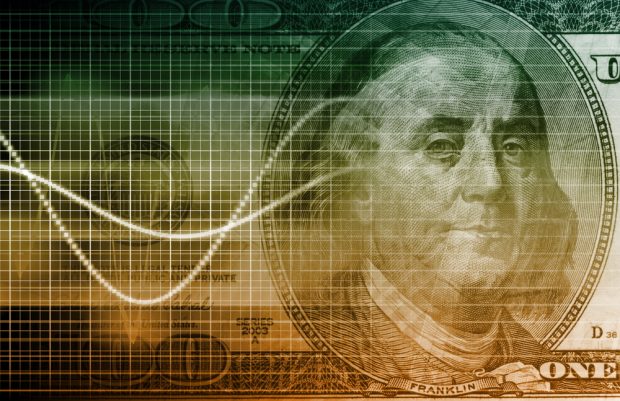
When Apple Pay made its market debut one year ago, 200,000 merchant sites across the U.S. jumped in with both feet to provide their customers all the speed, convenience and enhanced security that the payment industry’s newest digital wallet promised.
In January, Apple CEO Tim Cook called 2015 “The Year of Apple Pay” in an address to investors; yet adoption of Apple Pay – while steadily increasing throughout the year – has been slower than expected.
“According to the most updated data from Apple, 700,000 merchant sites nationwide now offer customers Apple Pay as a payment option,” said Amy MacMullen, Senior Product Manager for CO-OP Financial Services. “This number definitely shows good progress, but falls short of the market saturation that many had expected Apple Pay to have by now.”
Research conducted recently by Gallup found that 21% of iPhone 6 owners used their devices for Apple Pay transactions, and only 6% of consumers surveyed by Gallup say they are very likely or likely to start using Apple Pay in the next 12 months.
While there are many potential reasons why Apple Pay adoption is taking longer than anticipated, lack of public awareness is probably not one of them. According to Gallup, 65% of consumers are at least somewhat familiar with Apple’s digital wallet, a number that jumps to 89% among current Apple Passbook users.
So why isn’t Apple Pay more broadly used by consumers today – and what does the future hold for one of the most talked-about payment technologies in recent times?
A Match Game for Merchants and Consumers
“Apple Pay requires enabling by both the consumer and merchant in any given transaction,” MacMullen said. “The fact that Apple Pay isn’t universally supported by merchants makes it hard for consumers to remember where it is accepted and where it isn’t. While this confusion in the market may be slowing Apple Pay’s adoption today, we expect the dynamic to change fairly quickly as increasingly more merchants get on board.”
MacMullen said that Apple Pay is more widely available among name-brand merchants than among small, local businesses. And Fortune.com reports that 80% of VeriFone’s new terminals in the U.S. are already shipping with contactless payments enabled. So, consumers can expect to see Apple Pay at more checkout counters going forward.
“Apple Pay has set the bar high for mobile payments and credit unions will need to offer it to their members if they want to participate in this evolving space,” MacMullen said. “Plus, Apple Pay transactions are very secure – more secure, in fact, than mag stripe card-present transactions are today.”
Tokenization Secures Apple Pay Transactions
MacMullen cited Apple Pay’s tokenization technology as the reason these transactions are so secure. “Because the token is specific to the device or potentially to the merchant, if it is compromised on a phone, the token cannot be used online from a PC,” she said. “And, because it is a token and not the true PAN (Primary Account Number), the rest of the card account is not in jeopardy.”
With tokenization, the original PAN is not transmitted as part of the transaction and is not stored on the phone or at a merchant. So the member’s real PAN remains securely stored in token vaults residing behind firewalls at highly secure payments networks.
“This also means that when a token is compromised, credit unions only have to disable that one token and will not need to close the card account and reissue new plastic,” MacMullen said. “Experts expect that issuers will see a decrease in e-commerce and m-commerce fraud as a result.”
To realize all the benefits of Apple Pay security, MacMullen recommended that credit unions be diligent in their authentication process when members contact them regarding token activation, something Apple prompts them to do if additional cardholder verification is needed. “Out-of-wallet identification provides another important layer of security, so ask questions such as ‘What was the last deposit made to your account?’ or ‘How long have you lived at this address?’” she said. “The more specific the question is, the better.”
New Digital Wallets on the Horizon
According to MacMullen, Apple Pay is paving the way for a host of new digital wallet technologies that are poised to enter the market, including Android Pay and Samsung Pay.
“The new buzzword is HCE – Host Card Emulation,” she said. “HCE is a form of Near Field Communication (NFC) technology built into Android Pay that stores card credentials in the cloud.”
She continued, “Each new digital wallet technology comes with its own security requirements and risks, so make sure you understand how to secure member account information. Talk to your members about security as well so you can help them enjoy these incredible tools of convenience safely and confidently.”
Do more to protect your credit union and members from fraud by reading the Common AID whitepaper.
© 2025 ALM Global, LLC, All Rights Reserved. Request academic re-use from www.copyright.com. All other uses, submit a request to [email protected]. For more information visit Asset & Logo Licensing.






